
Your old Android device is kind of – well, old – and now that you have a shiny new one you don’t know what to do with it?
The post 5 cool uses for your old Android device appeared first on Avira Blog.

Your old Android device is kind of – well, old – and now that you have a shiny new one you don’t know what to do with it?
The post 5 cool uses for your old Android device appeared first on Avira Blog.
A security researcher could have stolen as much as $25 Billion from one of the India’s biggest banks ‒ Thanks to the bank’s vulnerable mobile application.
Late last year, security researcher Sathya Prakash discovered a number of critical vulnerabilities in the mobile banking application of an undisclosed bank that allowed him to steal money from any or all bank customers with the help of just
![]()
By using some retailer’s apps to make your holiday wish list, more people than just Santa Claus can see your list. In fact, it may be accessible to anyone over the Internet!

Recently, the Avast Security Warriors began looking into shopping apps to see what your favorite retailers know about you. They found that these apps, like many other apps out there, collect data and request permissions that are unnecessary for their app to function properly.
Initially, we were curious to see what retailers wanted to know about their customers based on the data they collect. We randomly chose apps from the following retailers: Home Depot, J.C. Penney, Target, Macy’s, Safeway, Walgreens and Walmart. In this blog post, we focus on Target and Walgreens.
If you created a Christmas wish list using the Target app, it might be accessible to more people than you want to actually receive gifts from. The Target app keeps a database of users’ wish lists, names, addresses, and email addresses. But your closest family and friends may not be the only ones who know you want a new suitcase for your upcoming cruise!
To our surprise, we discovered that the Target app’s Application Program Interface (API) is easily accessible over the Internet. An API is a set of conditions where if you ask a question it sends the answer. Also, the Target API does not require any authentication. The only thing you need in order to parse all of the data automatically is to figure out how the user ID is generated. Once you have that figured out, all the data is served to you on a silver platter in a JSON file.
The JSON file we requested from Target’s API contained interesting data, like users’ names, email addresses, shipping addresses, phone numbers, the type of registries, and the items on the registries. We did not store any personal information, but we did aggregate data from 5,000 inputs, enough for statistical analysis.
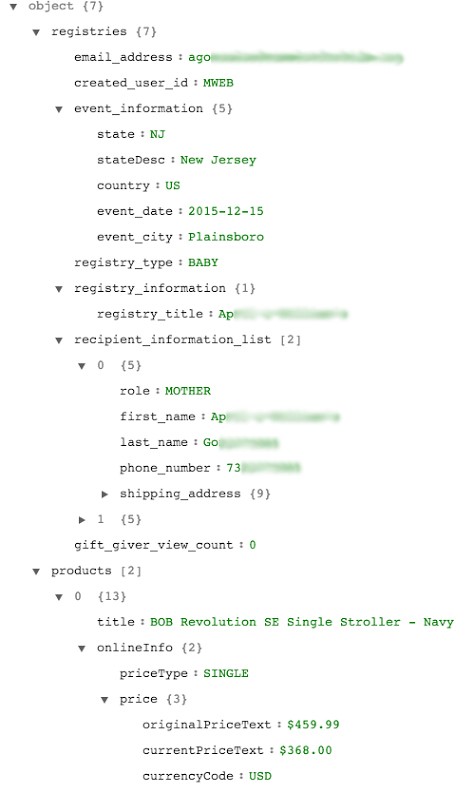
An example of the data that we were able to obtain via Target’s API
We took the 5,000 random inputs, and out of curiosity, looked at which brands appear on their registry the most, which states the Target app users are from, and what the most common names of people using Target’s app are.
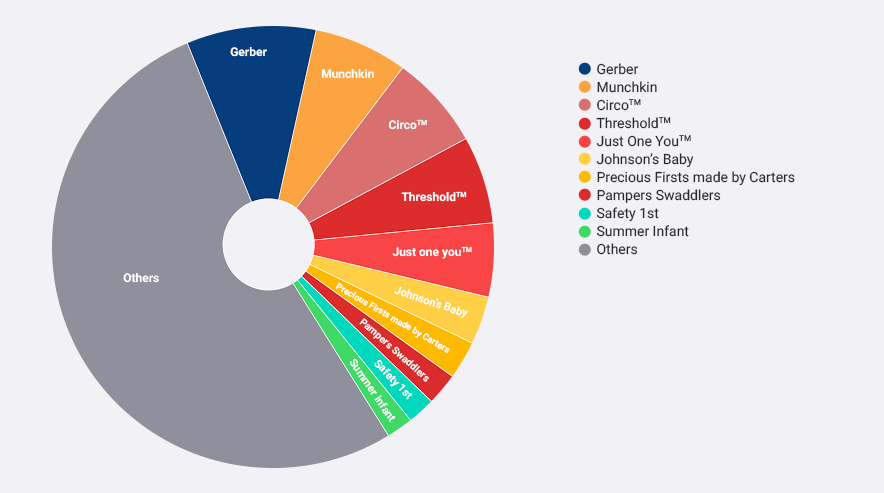
The top 10 brands on Target app users’ registries
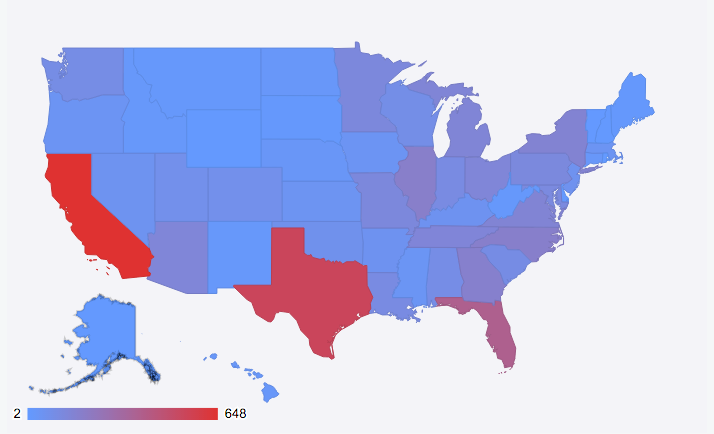
Map showing where the 5,000 app users are from within the U.S.
There were more than 1,700 unique names in our sample – these are the top 20 names of Target app users.
Jasmine 162
Jamie 132
Jessica 79
Ashley 67
Jackie 67
Jordan 64
Amanda 58
Jennifer 55
Sarah 45
Jacqueline 41
John 39
Megan 38
Dominique 36
Heather 34
Amber 33
Jade 33
Melissa 32
Stephanie 32
Katie 31
Brittany 30
In addition to collecting personal data, the shopping apps we looked at also request a plethora of permissions.
The prize for the most unnecessary permissions requested by a retail app goes to…
 If you want to choose a shopping app based on the amount of unnecessary permissions it collects then Walgreens is the app for you!
If you want to choose a shopping app based on the amount of unnecessary permissions it collects then Walgreens is the app for you!
The Walgreens app not only requests permissions that are completely unnecessary for its app to function, but also requests more permissions than any of the other retail apps we looked at – see screenshot below. The Home Depot app came in close second in terms of unnecessary permissions requested.
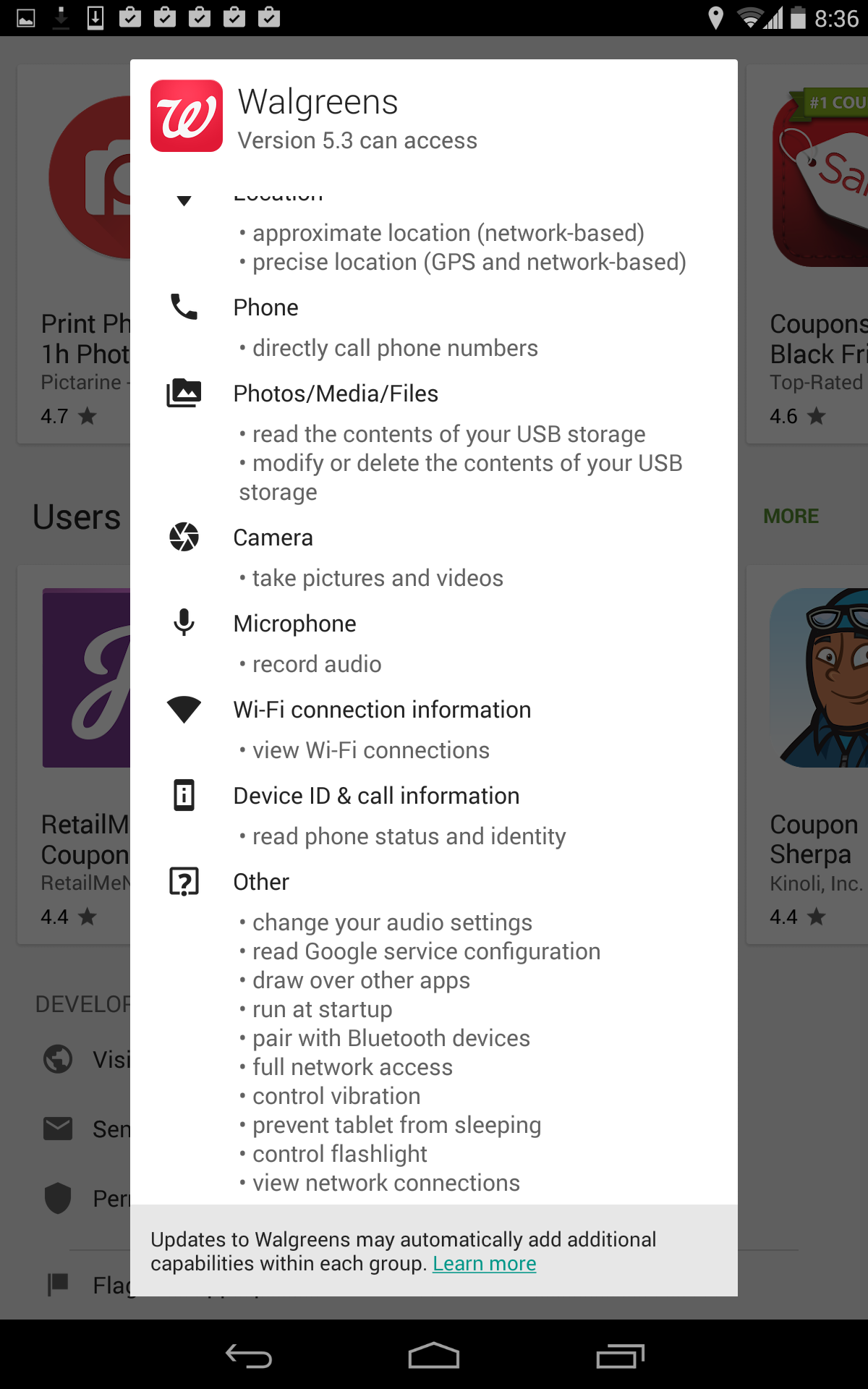
The Walgreens app has permission to change your audio settings, pair with blue tooth devices, control your flashlight, and run at startup – completely unnecessary for the app to function properly. On the bright side, these retail apps aren’t the most permission-hungry apps we have ever seen, in fact compared to other apps out there they are decent.
But, now imagine what could happen if this valuable customer data landed in the wrong hands. The ways this data could be misused are far and wide. It is, therefore, important that people are aware of how many permissions they grant the apps they use and understand what data the apps collect.
Stay tuned for more as we investigate the vulnerabilities of mobile apps and the need for mobile security.
Continue reading Retailer’s apps reveal your Christmas list to the public
As Avira focuses on privacy and security issues, and social networks now play a major role in people’s lives, CNET journalist Laura Hautala caught my attention yesterday with her article “Non-creepy social networks make it to your smartphone” (CNET, 15 June 2015).
Partly in response to outrage (in the wake of Edward Snowden’s disclosures) over government surveillance abuses and companies selling personal data from their customers to the highest bidders, a few companies are now attempting to disrupt the dominant paradigm – i.e. to provide private, encrypted alternatives to Facebook and other networks that the public perceives as being more concerned about profit than the privacy of their customers.
Manhattan-based Minds, which has run an alternative social media website for two years, just launched a lightweight social-network app for mobile (for Android and iOS) that encrypts all communications – so they are secure and anonymous (able to be read only by the intended recipient). According to the company, Minds is the first social network with an encrypted app and it’s all based on open-source code to ensure that any attempts to read what shouldn’t be read will be transparent to developers.
According to Co-Founder and CEO Bill Ottman, the app launched this week with a two-year base of 30,000 people already using its social website. As Hautala points out, it’s not a number that will cause Facebook any pain (with its near 1.4 billion users), but the IT world can and often does change rapidly.
In addition to encryption of the data going through the app, Minds collects none of its customers’ data. So even if intelligence agencies demand users’ data, the company has nothing to give them.
As for earning revenue, Minds plans to give up traditional ad sales (which it has used on its website version) and instead offer ‘VIP services’ for points, which can be either purchased outright or earned free via interaction. Such services include being able to expand the reach of your content beyond your personal connections.
With a focus on similar principles – namely, data privacy, anonymity, and seeing customers are more than just numbers – the Vermont-based social network Ello also plans to launch a mobile app for iOS, Android, and Windows devices. More will come.
While I have personally suggested to friends and colleagues that ‘privacy’ may have been a short-lived concept in human history (and is in fact already gone from our lives in the way our grandparents knew it), it seems that companies led by freedom-loving people continue to rise up against privacy’s seemingly increasing absence.
While writing this, I downloaded the iOS version of the Minds app myself. I’ll activate an account later today and, if I find it to be a promising social experience, maybe I’ll see you there.
The post The Dawn of Privacy-Driven Social Networks appeared first on Avira Blog.
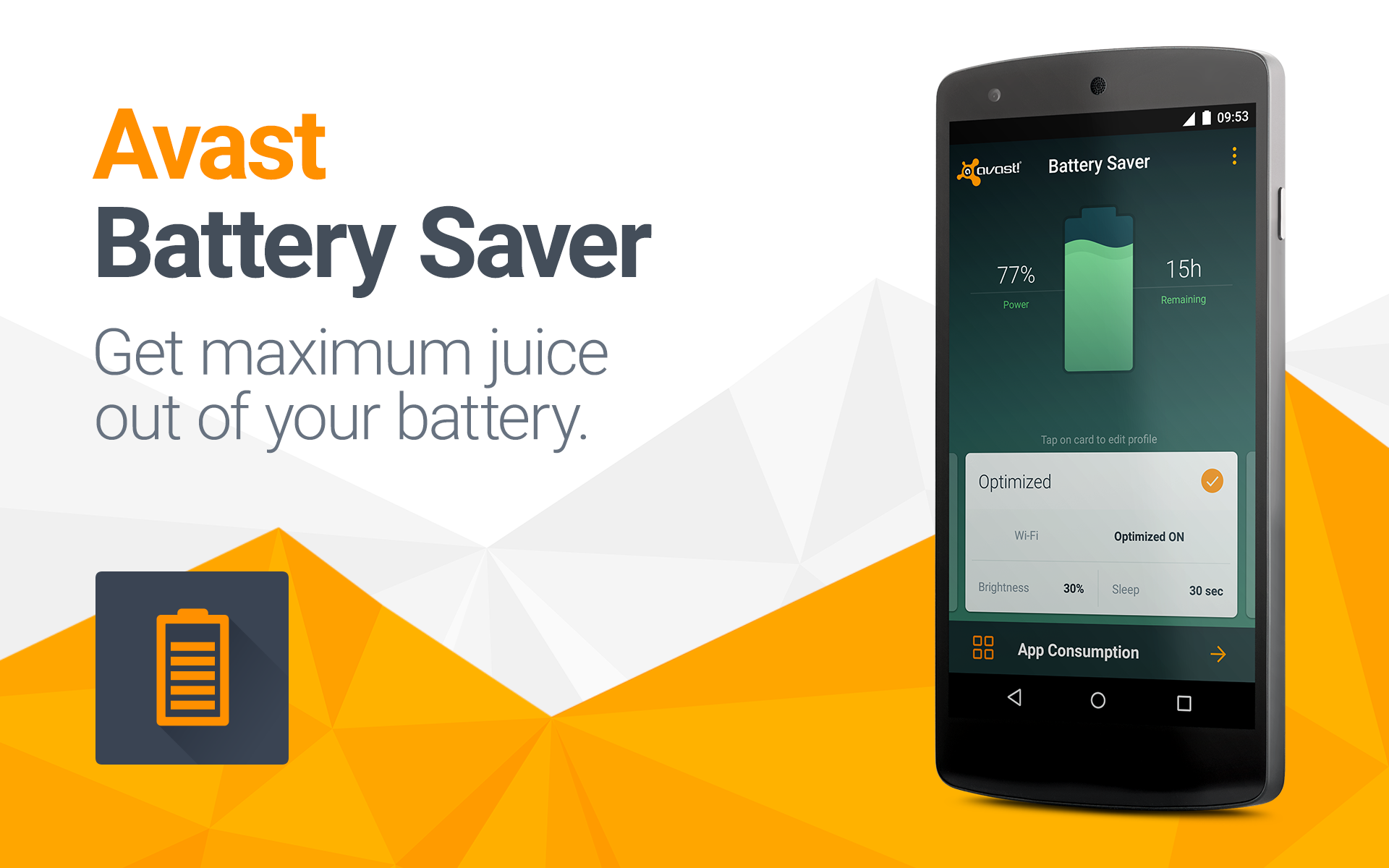
Install Avast Battery Saver on your Android device for free from Google Play!
Avast Battery Saver quickly and easily helps you to save your Android’s battery life
Mobile devices are currently evolving at an exceptional rate. Processor speed, display quality and connectivity options have changed dramatically over the past few years. However, battery capacity still seems to be struggling to keep up with the evolving capacity needed to power the enormous amount of new processors and displays.
According to a recent survey answered by 20, 000 people, 60% of Android owners are not satisfied with their device’s battery life.
There are a huge amount of Android applications trying to solve that problem, yet most of them fail to do so. When examining the features available on these apps, it becomes easy to see why many of them haven’t achieved complete success.
Task-killing
Task-killing is the most popular feature available not only within many battery saving apps, but also within cleaners and phone boosters. It most likely originated in Windows’ desktop operating system. Since users had first become accustomed to closing programs on Windows when their PCs began to slow down, this behavior transferred over to mobile devices when the users began to use Android.
However, Android’s system works differently. Android aims to keep RAM full in order to switch between applications more quickly. If there is no free RAM left, Android kills less recent applications. Thus, there is no need for the user to shut down the apps manually. Furthermore, task-killing actually slows down devices because each time an app is shut down, its data must be loaded to RAM again.
Try it yourself
Here’s a small test that you can try: install a task-killer, RAM booster or battery saving app that “cleans” RAM. Click the main button (it’s usually called “Optimize” or “Boost”). You’ll see several apps killed. Then, wait for a few seconds and try it again. Nothing will happen, as you’ve just killed everything.
Now, uninstall or clear the data in the tested app. After you click the “Optimize” button again, almost all of the apps you’ve just killed are shown to be killed again. Looks strange, huh? It might appear that the “Optimize” button doesn’t do anything. In reality, it does kill applications. The trick is that many apps start directly after being killed using Android’s WakeLock feature. Apps with an “Optimize” button have a timer which prevents users from seeing that killed apps are running again after a few seconds. Because of this, there is no sense in using “Optimize”.
More info about task-killing can be found here:
1. http://www.howtogeek.com/127388/htg-explains-why-you-shouldnt-use-a-task-killer-on-android/
How can I actually save my device’s battery life?
A couple main factors that contribute to saving battery is turning off certain features of your device including Wi-Fi and mobile data and limiting display brightness and timeout.
Avast now brings you Avast Battery Saver, an application which saves power without hassle. It optimizes phone settings such as Internet connectivity, screen brightness, and timeout according to your needs. Smart power profiles are activated automatically based on time, location, and battery level without sacrificing the activities you love most.
Avast Battery Saver also contains a powerful tool to solve the issue of apps draining your battery’s lifespan while not being used. You have the ability to see how much battery every app is draining and force stop any that you’re not currently using. Unlike task-killing, force-stopping is Android’s native solution to prevent apps from unnecessarily running in the background. Once force-stopped, an app will not run again until it’s next manually opened.
Ready to save? Download Avast Battery Saver for free on Google Play.